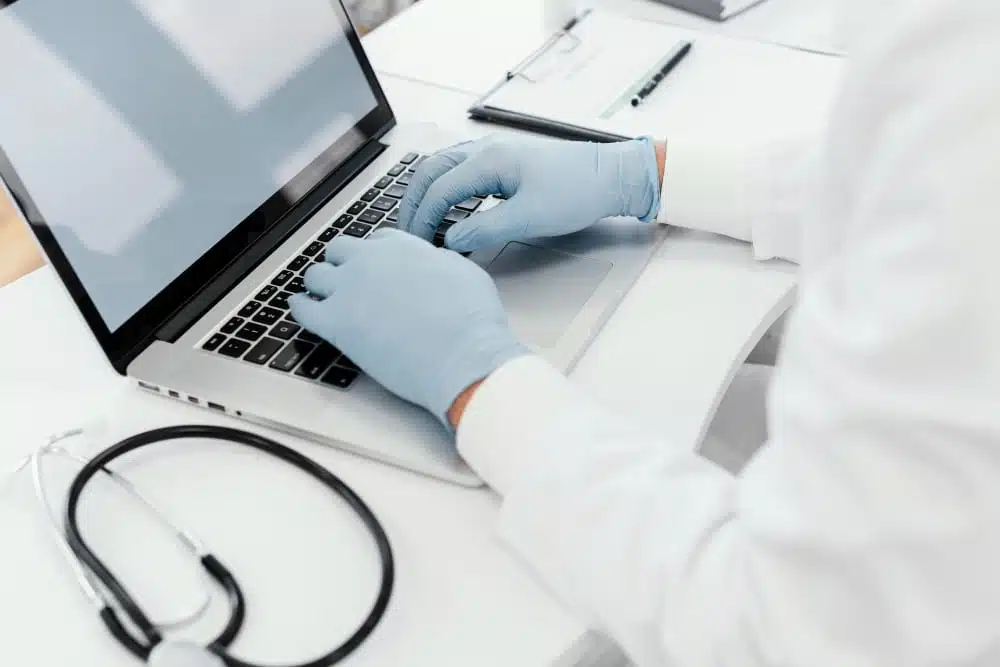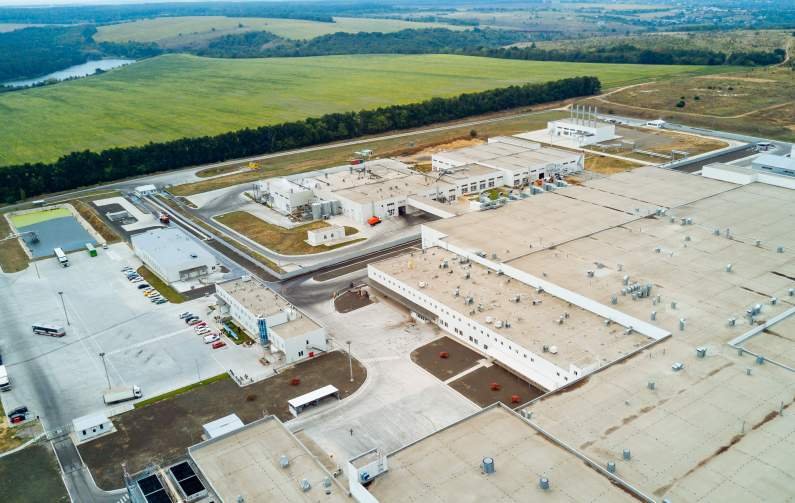The realm of medical devices is as innovative as it is stringent, with patient safety and effective treatment at its core.
When dealing with translations in the healthcare industry, especially with medical device translation, the stakes couldn’t be higher.
The challenge?
Ensuring that every piece of text, from user manuals to software interfaces, is accurately translated, culturally sensitive, and compliant with global regulatory standards.
Accurate medical device translation involves a deep understanding of medical terminology, regulatory nuances, and the consumer’s culture.
Common Medical Devices That Require Translation
These devices encompass a wide range of products designed for the diagnosis, prevention, monitoring, treatment, or alleviation of disease.
Therefore these translations are crucial for ensuring the devices can be used safely and effectively in diverse linguistic and cultural settings.
Some examples include:
Diagnostic Equipment: Devices like MRI machines, CT scanners, and X-ray machines come with complex manuals and user interfaces that need translation.
Wearable Health Monitors: Devices such as heart rate monitors, glucose monitors, and wearable fitness trackers often require user instructions, warnings, and software to be available in multiple languages.
Surgical Instruments: High-precision tools used in surgery come with detailed guides on their use, maintenance, and safety procedures that require translation for global use.
Implantable Devices: Items like pacemakers, stents, and prosthetics come with critical information on installation, maintenance, and patient care instructions that must be accurately translated.
Laboratory Equipment: Devices used for blood analysis, biomarker detection, and other laboratory tests require precise translation of their manuals, software, and maintenance guides.
Medical Software Applications: Software used for patient records, diagnostic tools, and treatment planning systems typically needs to be localized for users in different countries.
Home Care Devices: Equipment like blood pressure monitors, nebulizers, and home dialysis machines require clear, accurate translations of their user manuals and labels to ensure they can be used correctly by patients at home.
Emergency and First-Aid Equipment: Devices such as defibrillators and EpiPens, which are critical in emergencies, require translations of their instructions to ensure they can be used promptly and correctly by individuals or professionals.
Understanding the Regulatory Landscape
Navigating the regulatory landscape for medical device translations is complex, with regulations that are constantly evolving and differ significantly across regions.
This section aims to clarify this complex landscape by focusing on the essential standards and approvals that are critical in the field.
ISO Standards for Translation
ISO standards are the benchmarks for quality and reliability in medical device translation services.
Specifically, ISO 17100 and ISO 13485 are specific guides for the translation process.
ISO 17100 sets the bar for translation services, emphasizing the qualifications of translators and the quality management process.
Meanwhile, ISO 13485 focuses on the comprehensive quality management systems for medical devices, ensuring that translations meet the industry’s rigorous safety and efficacy standards.
CE Marking and FDA Approval
Crossing borders with medical devices isn’t just about language; it’s also about compliance with regional regulations.
In Europe, CE marking is the gatekeeper. It signifies that a product meets EU safety, health, and environmental requirements.
Achieving this involves meticulous translation of all documentation to align with European standards.
The U.S. Food and Drug Administration (FDA) holds the reins. For a medical device to be marketed in the United States, it must receive FDA approval, which includes a thorough review of all accompanying translated materials.
The accuracy and adherence to regulatory requirements in translations are non-negotiable for both CE marking and FDA approval.
Meeting Localization Needs for Medical Device Translation
Localization goes beyond word-for-word translation.
It’s about adapting content to fit the cultural and linguistic landscape of the target audience.
For medical device translation, this means ensuring that user manuals, labels, and software speak the language of the end-users—literally and figuratively.
User Manuals and Labels
Imagine a scenario where a life-saving device comes with instructions that are poorly translated or hard to understand.
The consequences could be dire.
That’s why localizing user manuals and labels is so necessary. It’s not just about translating words; it’s about conveying meanings, instructions, and warnings in a way that resonates with the local culture and regulatory expectations.
Software Localization
Nowadays, many medical devices are accompanied by software that requires just as much attention in localization as physical components.
This software must be intuitive and accessible to healthcare professionals and patients alike, regardless of their language.
Localization involves adapting the user interface, help documentation, and even error messages to ensure seamless and safe operation.
Global Health and Safety Through Accurate Medical Device Translation
Translating and localizing medical device documentation is a critical task that demands a high level of expertise, precision, and regulatory awareness.
It’s about bridging the gap between innovation and access, ensuring that life-saving technologies can be safely and effectively used across the globe.
In this endeavor, the goal is clear: to deliver quality translations that uphold the integrity of medical devices and meet the stringent demands of regulatory bodies, which is why trusting a professional translation agency is extremely dire in these situations.
Of course, the role of AI and machine translation is growing, but in translations that cannot afford mistakes or misunderstandings due to a lack of human intelligence and experience, professional human translators are the most reliable.
Innovations and Global Health
Medical device translation and localization are more than just a step in the process of global distribution; they are vital components in ensuring that these innovations reach their full potential in improving global health outcomes.
High-quality, accurate translations unite groundbreaking medical technologies and the diverse populations they serve, making it possible for these devices to be used safely and effectively around the world.





